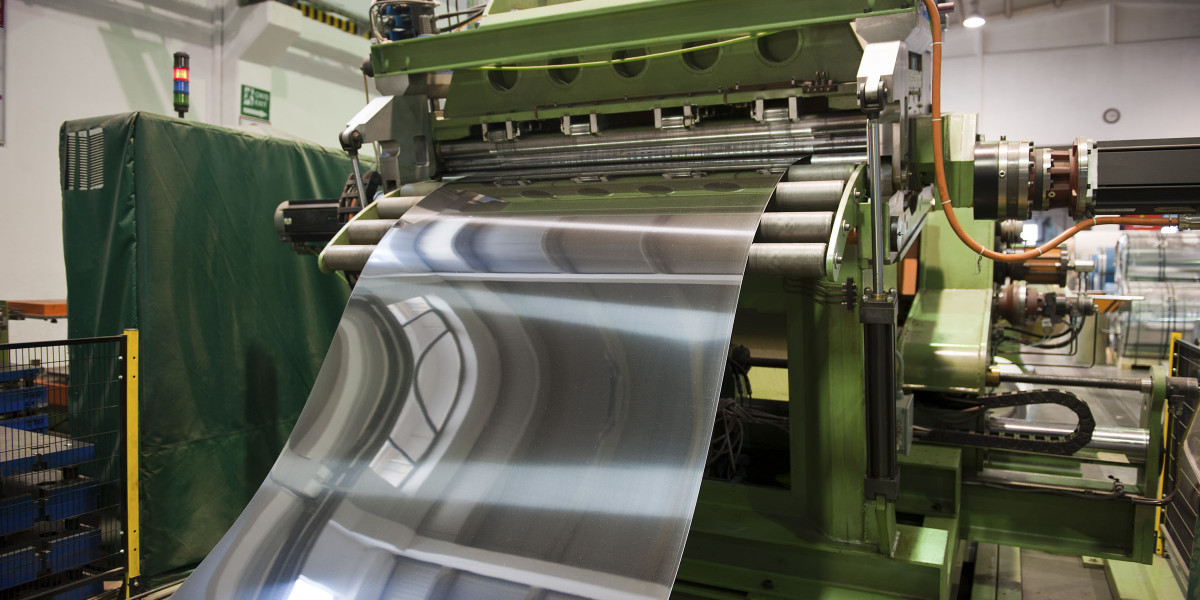Germination is a magical process that transforms a tiny, dormant seed into a thriving young plant. Whether you're growing herbs, vegetables, or flowers, understanding how seed germination works is key to ensuring a healthy start for your crops. With the rise of hydroponics and aeroponics systems, the process of seed germination has become even more efficient, giving you better control over your plants' early stages of growth.
What is Germination?
Germination is the process by which a seed turns into a young plant, known as a seedling. For this transformation to occur, the seed needs the right conditions—primarily moisture, temperature, and sometimes light. Without these essential factors, the seed remains dormant, incapable of sprouting into a plant.
When you start with a dry seed, it’s just a small, energy-packed package waiting to sprout. However, without moisture, it remains inactive. For germination to take place, the seed must absorb water, activating enzymes that start the growth process. This is where the importance of your growing medium comes into play.
Choosing the Right Growing Medium for Seed Germination
Seeds don’t have a preference for the type of growing medium they are placed in. Whether it’s soil, rockwool, or a wet paper towel, what matters most is moisture. The growing medium must remain consistently moist—24 hours a day—to ensure successful germination. However, it doesn’t need to be soaked to the point of being waterlogged. Too much water can suffocate the seed, while too little water can halt the germination process altogether.
Hydroponic systems, such as those featuring aeroponics, offer a unique environment for germination. These systems rely on misting or spraying a fine water mist around the roots, which can provide a constant, controlled level of moisture. As a result, your seeds can receive optimal conditions for sprouting without the need for traditional soil or overly saturated growing mediums.
The Ideal Conditions for Seed Germination
To successfully germinate seeds, it’s essential to meet specific conditions:
Moisture: The seed needs a consistent supply of moisture. This is where systems like aeroponics excel. The misted environment ensures that seeds are never too dry or too wet.
Temperature: Most seeds germinate best at temperatures between 65°F and 75°F (18°C to 24°C). Maintaining a stable temperature within this range helps trigger the chemical processes within the seed that are necessary for growth.
Light: Some seeds require light to germinate, while others prefer darkness. It’s essential to research your specific seed variety to know its preferences. For example, lettuce seeds need light to sprout, while peppers do not.
Air Circulation: Proper air circulation is vital for the health of the germinating seed. Too much humidity or a lack of airflow can create an environment prone to mold or rot.
Why Hydroponic and Aeroponics Systems Are Perfect for Germination
Hydroponic and aeroponic systems are ideal for seed germination due to their ability to provide precise control over the growing environment. In a hydroponic tower, water and nutrients are efficiently delivered to the roots without the need for traditional soil. This system allows for superior moisture control, ensuring that seeds receive the perfect amount of moisture throughout the germination phase.
Aeroponics takes this a step further, offering a misting system that envelops the seed with moisture. Since aeroponics systems rely on air rather than soil or other growing mediums, they create an ideal environment for seeds to sprout quickly and healthily. This method promotes rapid root growth, and plants often show a stronger start compared to traditional soil-based methods.
Tips for Successful Seed Germination in Hydroponic Towers
Use Quality Seeds: Choose high-quality, viable seeds for the best germination results. Old or damaged seeds may not sprout as expected.
Pre-soak Seeds: Before placing them in your hydroponic or aeroponic system, pre-soak seeds for 12 to 24 hours in water. This helps kickstart the germination process.
Maintain Optimal Temperature and Humidity: Ensure your hydroponic tower is set to the right temperature range. You can use a humidity dome or adjustable misting to keep conditions optimal for seedling growth.
Avoid Overwatering: Over-wetting seeds can lead to rot. Ensure that your aeroponics system provides a fine mist that keeps seeds moist but not drenched.
Monitor Light Conditions: If your seeds need light, ensure they are exposed to the right amount of it. If they require darkness, keep them in a shaded area until they sprout.
Conclusion
Germination is a crucial phase in the life cycle of any plant, and understanding the process is the first step toward growing healthy crops. By using a hydroponic tower with an aeroponic system, you can create the perfect conditions for your seeds to thrive. With the right balance of moisture, temperature, and light, your seeds will germinate and develop into strong, healthy plants that will produce bountiful harvests. Start your gardening journey with a solid foundation—ensure your seeds get the best possible start with optimal germination conditions.










